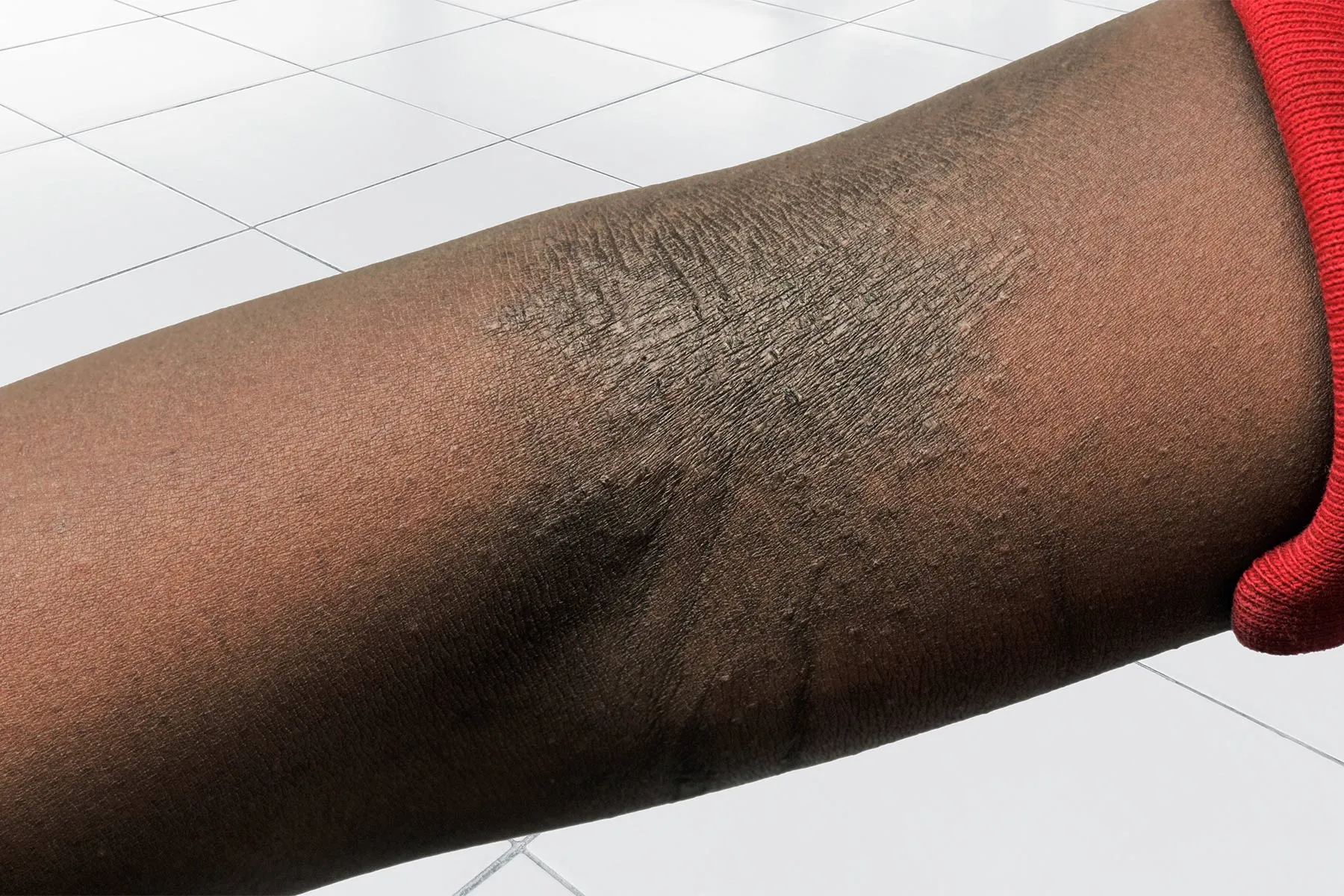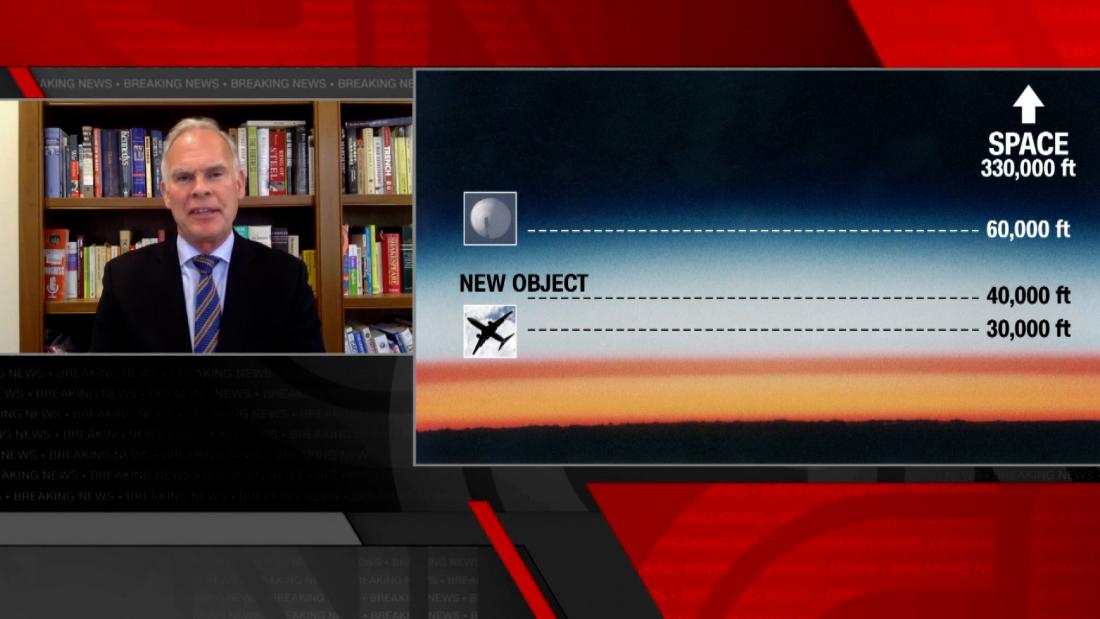Can the Constitution Protect Digital Policing?
High-tech police technologies require a “digitally aware Fourth Amendment,” argues American University law professor Andrew Guthrie Ferguson

From small-town police forces to major metropolitan squads, technology has supplanted traditional policing tactics.
But the new digital tool of American policing —ranging from GPS surveillance to facial recognition and artificial intelligence — is rife with all of policing’s old problems. Embedded in law enforcement’s high-tech repertoire, for one, is programmatic bias.
These technologies, too, are fundamentally unlike their “in-person” equivalents.
That’s the argument advanced by Andrew Guthrie Ferguson in “Why Digital Policing is Different,” a forthcoming Ohio State Law Journal article.
Ferguson, a law professor at American University Washington College of Law, argues that courts must apply a “different Fourth Amendment approach” to cases involving digital police technology, approaching the latter “not as enhancements of traditional analog policing practices, but as something completely different.”
Fourth Amendment debates, Ferguson explains, often apply the same constitutional principles to questions of digital and physical police tactics. But for all their apparent similarities, these seemingly similar technologies necessitate different legal approaches.
A detective staking out a home in a squad car, for instance, is fundamentally different from an agent affixing a camera to a pole and monitoring that building on surveillance footage.
“While superficially similar, in truth, everything from the act to the result is different in the digital world and needs to be appreciated as such,” Ferguson writes.
“Properly understood, certain digital searches should be legally distinguishable from analog search precedent such that the latter cases are no longer controlling law.”
Written in response to a series of “antiquated technologies,” the Fourth Amendment is insufficient to resolve legal disputes about city-wide camera systems, self-driving smart cars, and sensor-equipped drones.
Its grounding in cassette tape technology — such was the technology in Katz v. United States that gave rise to the “reasonable expectation of privacy” test and current Fourth Amendment doctrine, as Ferguson writes — makes the amendment no match to contend with contemporary, algorithm-based tactics.
Although certain court cases — Riley v. California, United States v. Jones, and Carpenter v. United States — have underscored the principle that “digital is different,” new digital technologies continue to develop, many of which remain out-of-step with the technological principles that originally dictated the Fourth Amendment.
Take, for example, the “Persistent Surveillance Planes, ” a drone pilot program launched by the Baltimore Police Department in 2016 and then revived in 2020 to record all vehicle and pedestrian movements with digital cameras.
Altogether unlike the cassette tapes of the past, the aerial mechanics were exceedingly technical; this tactic afforded analysts second-by-second footage of Baltimore streets and enabled prosecutors to examine such precise footage in trial.
“At a gut level, it is easy to see that there is a difference between a plane flying over a single backyard, and a plane that can record all the backyards in a city,” Ferguson writes.
To adapt the Fourth Amendment to the unending spate of sophisticated police tactics, Ferguson proposes a “digitally aware Fourth Amendment.”
The study doesn’t advance a new Fourth Amendment search theory; nevertheless, Ferguson articulates the need for a constitutional amendment that acknowledges the fundamental differences between physical and digital police tactics.
“Digital surveillance is already changing policing,” Ferguson writes. “The still open question is how will it change the Fourth Amendment.”
The Ohio State Law Journal article can be downloaded here.
Eva Herscowitz is a contributing writer to The Crime Report.

 Landwebs
Landwebs 



















